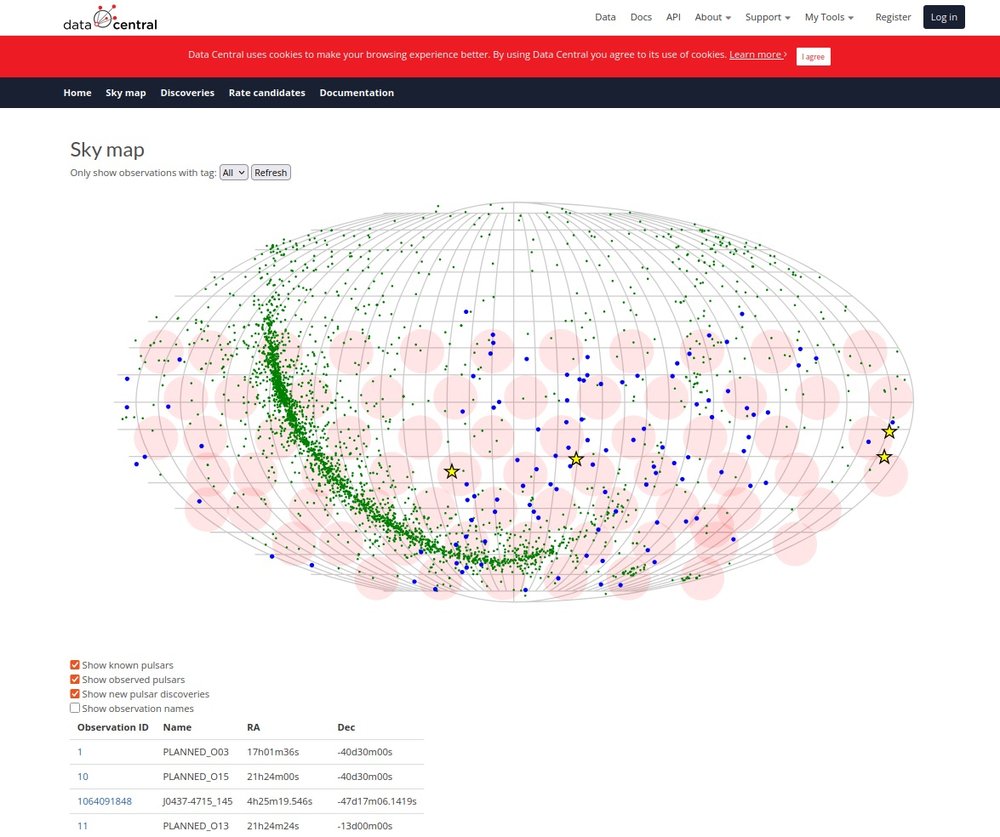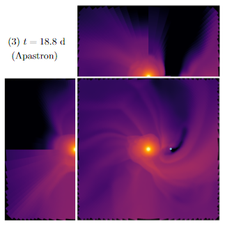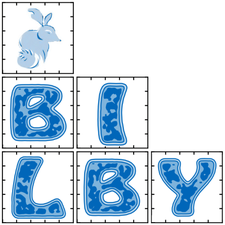
Pulsars - highly-magnetised neutron stars that spin at rotation periods of milliseconds to seconds - are arguably the most widely-exploited astrophysical objects. Their applications include: probing the state of ultra-dense matter (Demorest et al. 2010), testing strong-field gravity (Kramer et al. 2006), uncovering relativistic plasma physics (McSweeney et al. 2019), probing the microarcsecond structure and turbulence in the ionised interstellar medium (ISM) (Bhat et al. 2018), etc. This phenomenal success motivated an all-sky pulsar survey with the Murchison Widefield Array (MWA): the Southern-sky MWA Rapid Two-metre (SMART) survey. The SMART survey team requested software support from ADACS for the development of a database containing the metadata produced by their processing pipeline and a web interface that enables visualisations and numerous database manipulation tasks. The first phase of the web application was deployed to a Nimbus instance - cloud service provided by the Pawsey Supercomputing Centre. This ADACS project expanded the existing system to incorporate new features and migrated the database and web-app system to Data Central’s servers, to be deployed as services that can be accessed via a public URL. The new features include:
These upgrades led to discoveries of more pulsars and redetections of known pulsars, with the beamformed data and data products to be made publicly accessible via a dedicated database repository that will be served by Data Central.
As endorsed by the Principal Investigator Dr. Ramesh Bhat, “The SMART web-app, developed through an ADACS software support project, is an important step forward to accelerate pulsar discoveries and science from the SMART survey project. The testing and validation process of this web-app has led to the discovery of several new pulsars, including PSR J0026-1955 -- a remarkable object for exploring pulsar emission physics (McSweeney et al. 2022; Janagal et al. 2023), PSR J0452-3418 -- a quasi-periodically nulling pulsar (Grover et al. 2024) and a low-luminosity pulsar (Bhat et al. 2023). The database component of this web-app will be further extended to facilitate the distributed data processing and coordination as the project transitions to the second phase (i.e. deep survey processing).”

Check out some of our other projects.

As part of the ADACS MAP, we helped Dr Ryosuke Hirai parallelise HORMONE’s radiation solver using PETSc and MPI, enabling large-scale 3D stellar merger simulations and unlocking new science on systems like the Triple Ring Nebula of SN1987A.

ADACS developers collaborated with the Parallel Bilby team to overhaul their code, improving its structure, establishing tests for reproducibility, and instilling good development practices. This work set the foundations for future improvements to th

BEANSp is a software tool developed to simulate Bayesian Estimation of Accreting Neutron Star parameters. The role of the ADACS support in this project was to analyse the code and suggest and implement improvements.